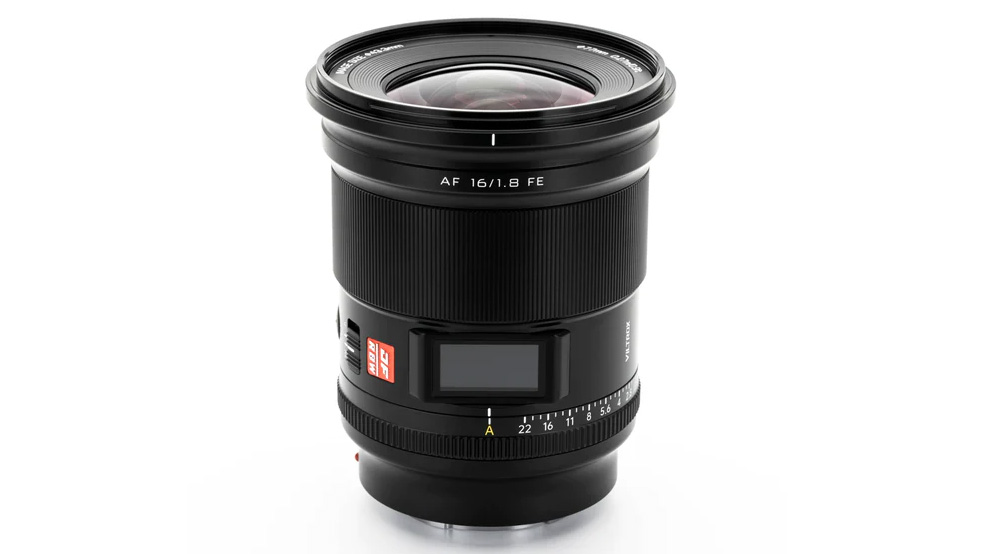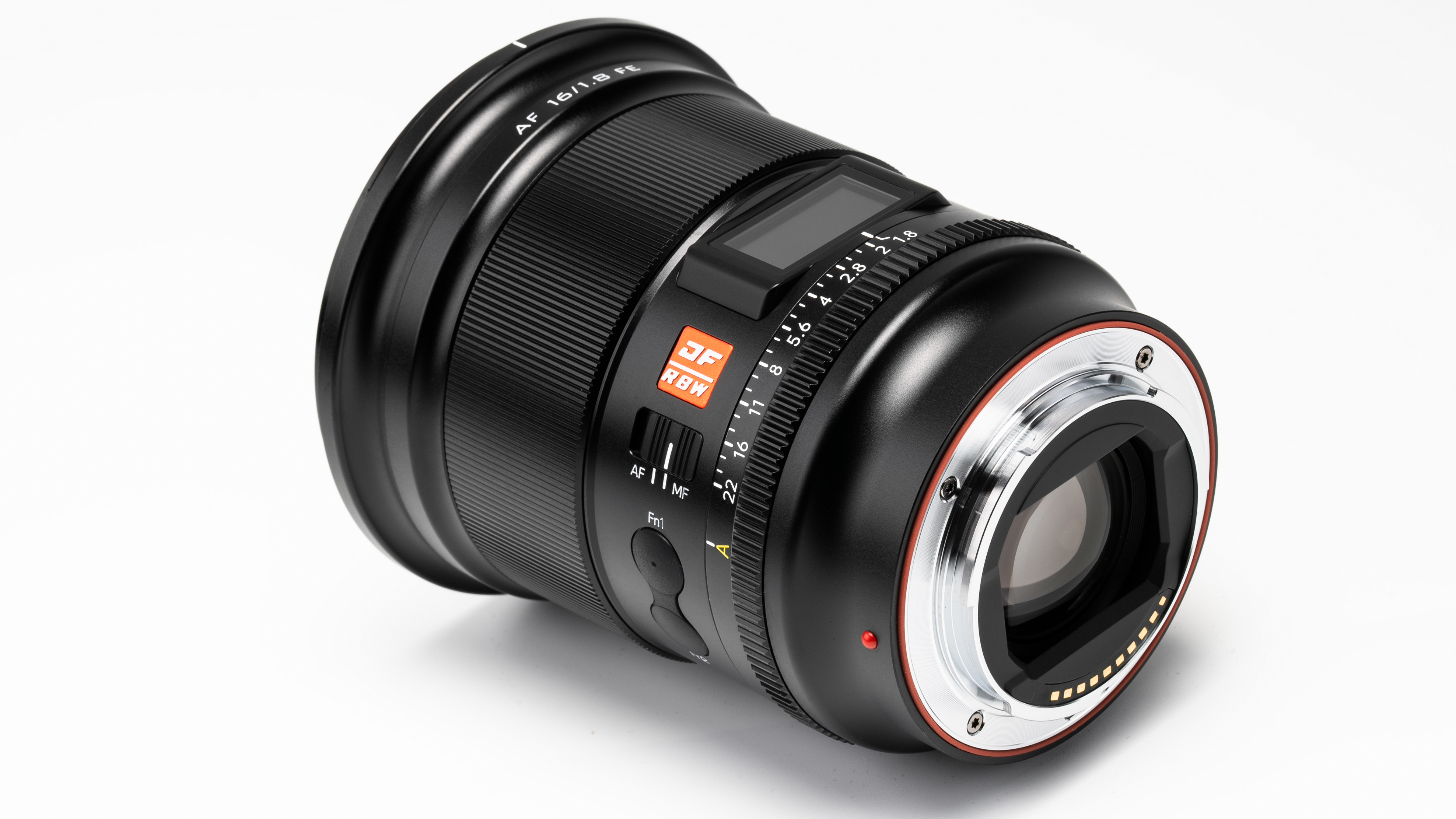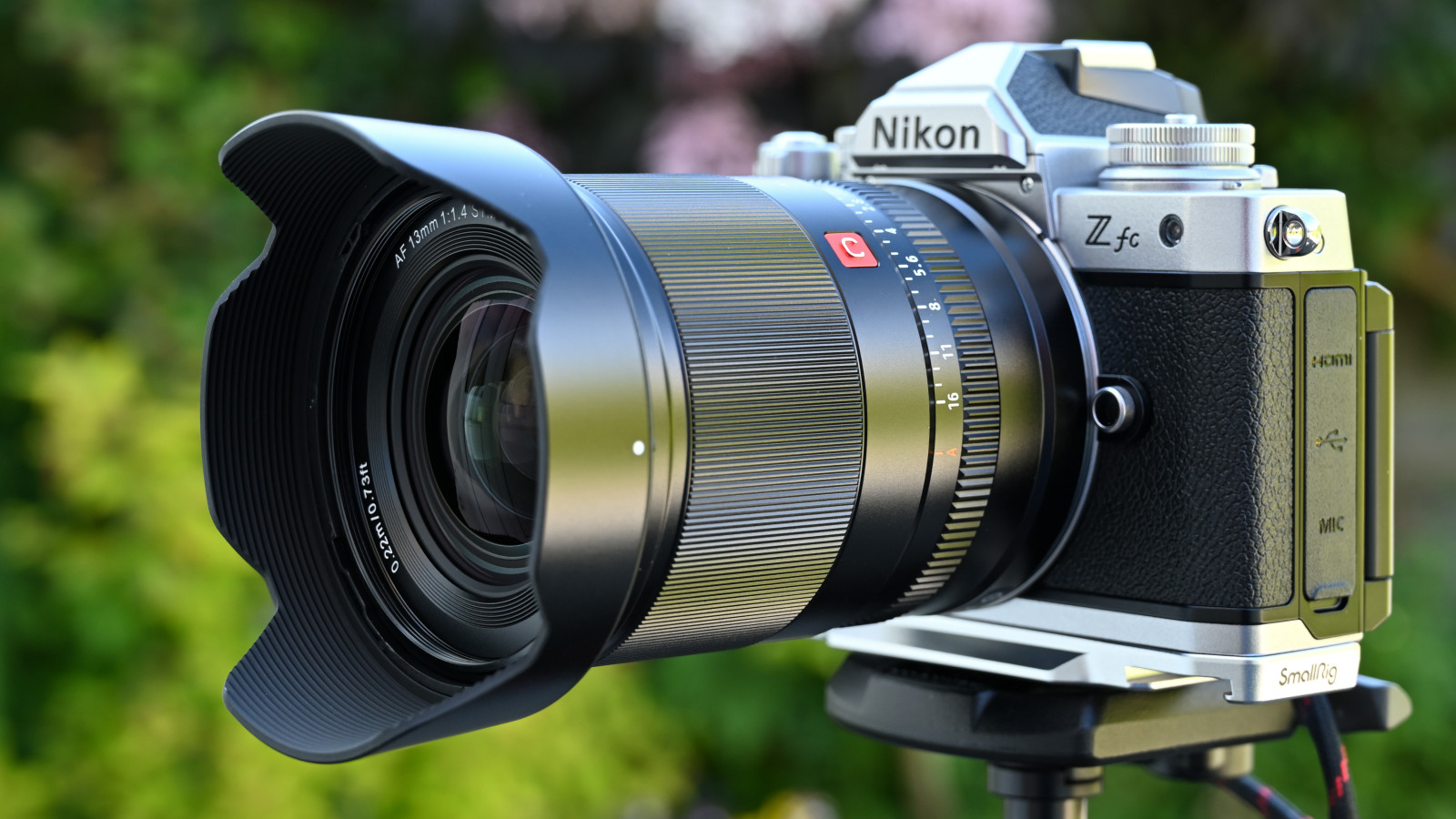Chinese lens manufacturers have “started to outdo the Japanese ones”
Lenses from Chinese brands are now so good that Japanese-built optics have no clear advantage

When it comes to camera lenses, many of us likely hold the opinion that the best quality optics are made in Japan, or in the case of Leica and Zeiss, Germany. Surely the heritage of precision engineering long established in these countries means lenses produced there are a cut above rival optics produced in other regions?

You could also argue that, at the other end of the scale, are lenses produced in China. Mass produced, potentially with cost-cutting prioritised over no-compromise quality, resulting in a cheaper lens, but one with inferior build and performance. Of course all this is pure speculation and stereotyping, with little basis in actual reality, at least not in the present day.

Which leads us to a review on phillipreeve.net of the Viltrox 16mm 1.8 AF lens for full-frame Sony E-mount cameras. Bastian, the reviewer, is impressed with the lens, and not just because it costs around one third that of equivalent lenses from Sony and Sigma. The lens has excellent all-round image quality, good build quality, and, unlike many cheap lenses, it's also fully-featured with electronic communication and autofocus.
Chinese lenses from the likes of Laowa and Yongnuo have long been capable of excellent image quality, but fell short of more esteemed rivals due to their handling difficulties, as they generally lack autofocus, or indeed any electronic communication between host camera and lens. The latest Viltrox lenses have no such compromises.
All this leads the reviewer to make a potentially controversial statement: "it was only a matter of time before the Chinese lens manufacturers start to outdo the Japanese ones and this lens might be where it begins".

We've also tested several Viltrox lenses - the AF 13mm F1.4, AF 23mm F1.4, AF 33mm F1.4, AF 56mm F1.4 - and have awarded them at least 4.5-star ratings: they really are impressive optics in their own right, irrespective of price.
Whether they actually "outdo" Japanese lenses is harder to quantify. If we're to assume a significant price difference between the Viltrox lens and a competing Japanese lens, then in terms of sheer value for money, the Chinese lens is clearly superior. But what about in terms of outright lens quality, performance and features, irrespective of price? There's an argument to be made that some Chinese lenses – at least the current crop of Viltrox lenses - are now equal to those made in Japan. They can match Japanese lenses in performance, usability and build quality, so what else is there to distinguish the Japanese lens, other than heritage and perceived superiority?
Get the Digital Camera World Newsletter
The best camera deals, reviews, product advice, and unmissable photography news, direct to your inbox!

Really this shouldn't come as much of a surprise. China is the manufacturing center of the world, and if the latest iPhone can be produced there without issue, then why shouldn't China be able to manufacture another precision object like a camera lens to the same standard as one from Japan?
So if you did have any negativity towards Chinese-made camera lenses, it's well and truly time ditch those preconceptions. Chinese lenses can be every bit as good as lenses made in Japan, or anywhere else.
Story credit: phillipreeve.net
Read more:
• Which is the best Sony camera right now?
• The best Sony lenses
• These are the best mirrorless cameras today
• We list the best cameras for professionals
Ben is the Imaging Labs manager, responsible for all the testing on Digital Camera World and across the entire photography portfolio at Future. Whether he's in the lab testing the sharpness of new lenses, the resolution of the latest image sensors, the zoom range of monster bridge cameras or even the latest camera phones, Ben is our go-to guy for technical insight. He's also the team's man-at-arms when it comes to camera bags, filters, memory cards, and all manner of camera accessories – his lab is a bit like the Batcave of photography! With years of experience trialling and testing kit, he's a human encyclopedia of benchmarks when it comes to recommending the best buys.

